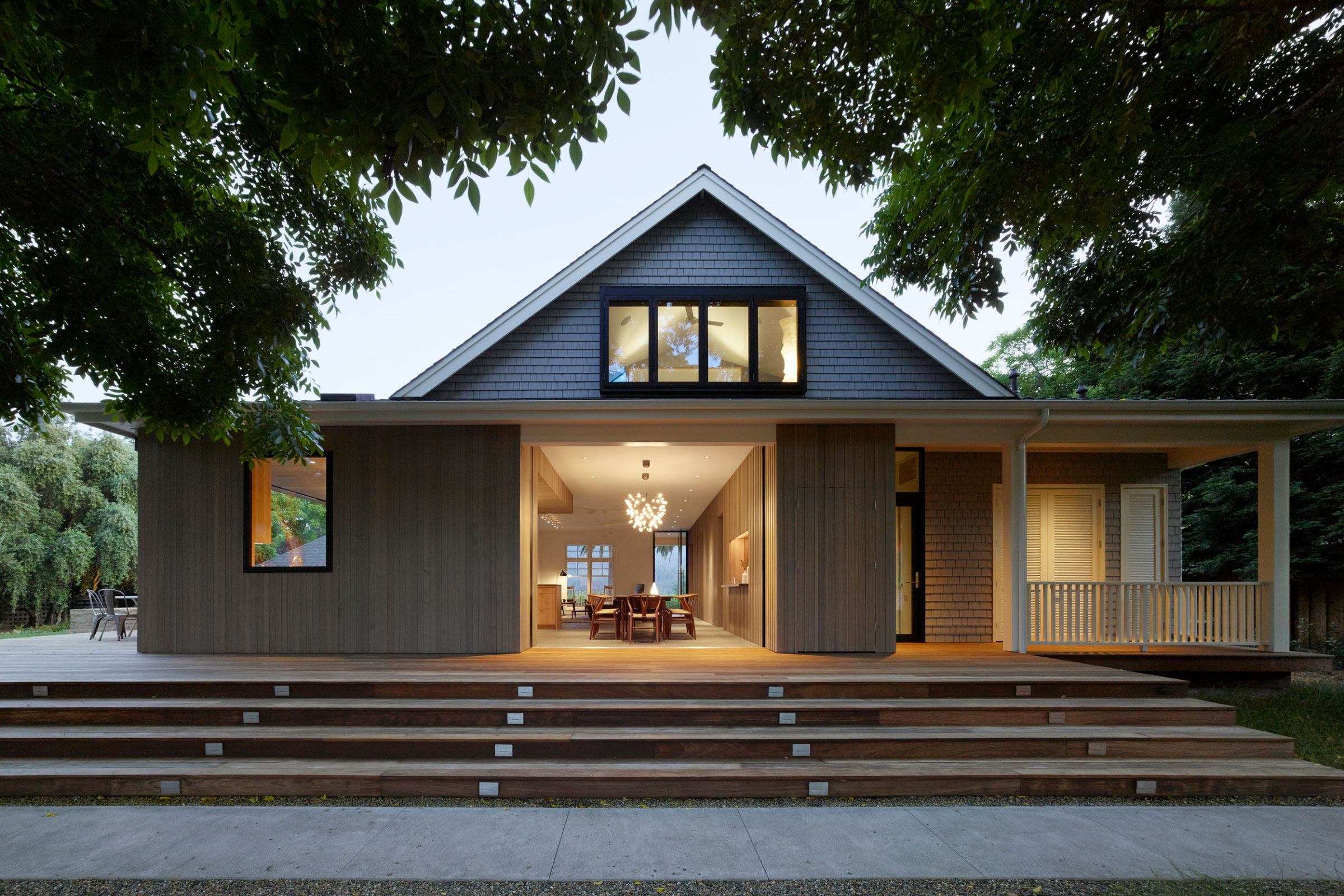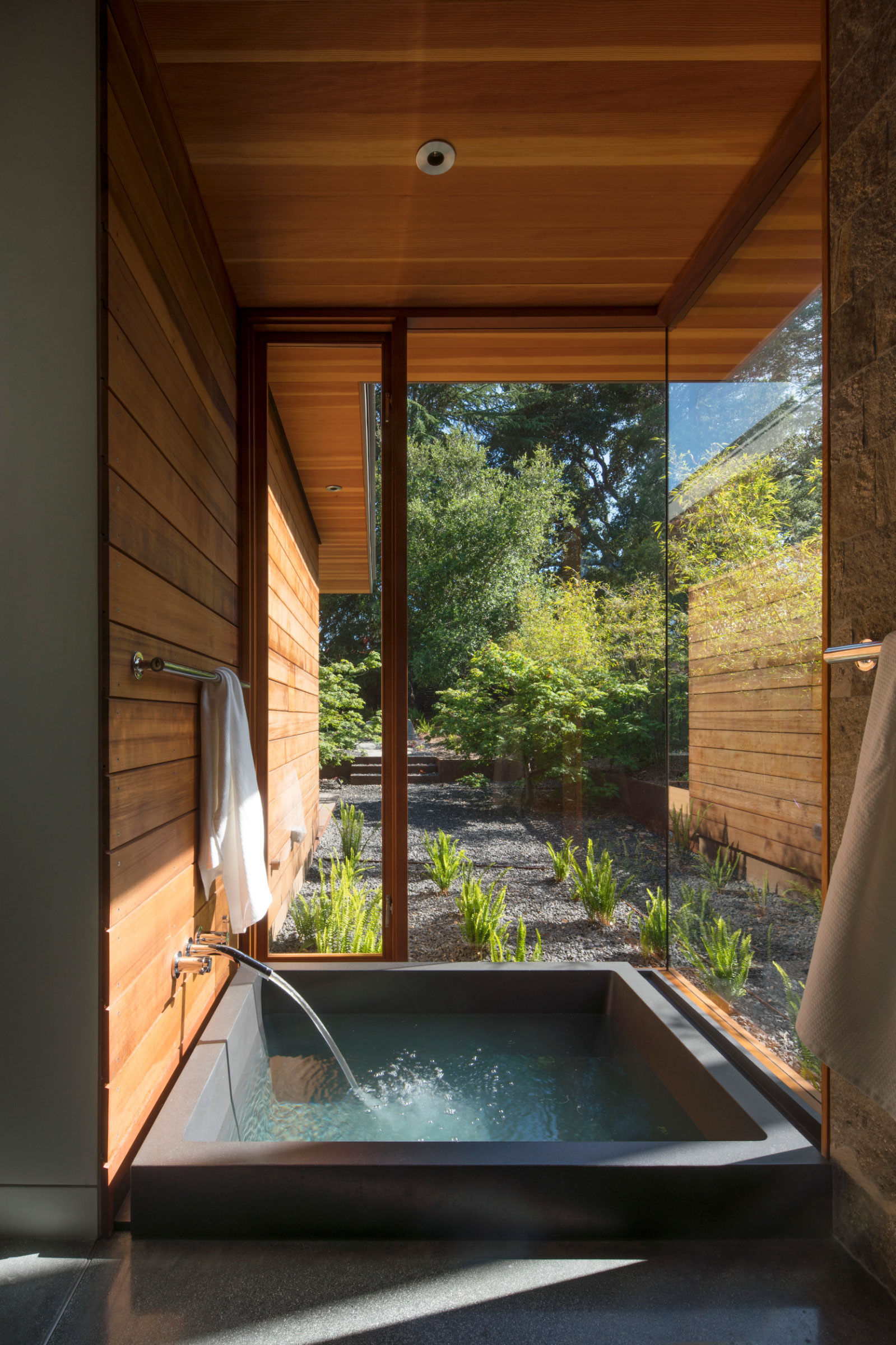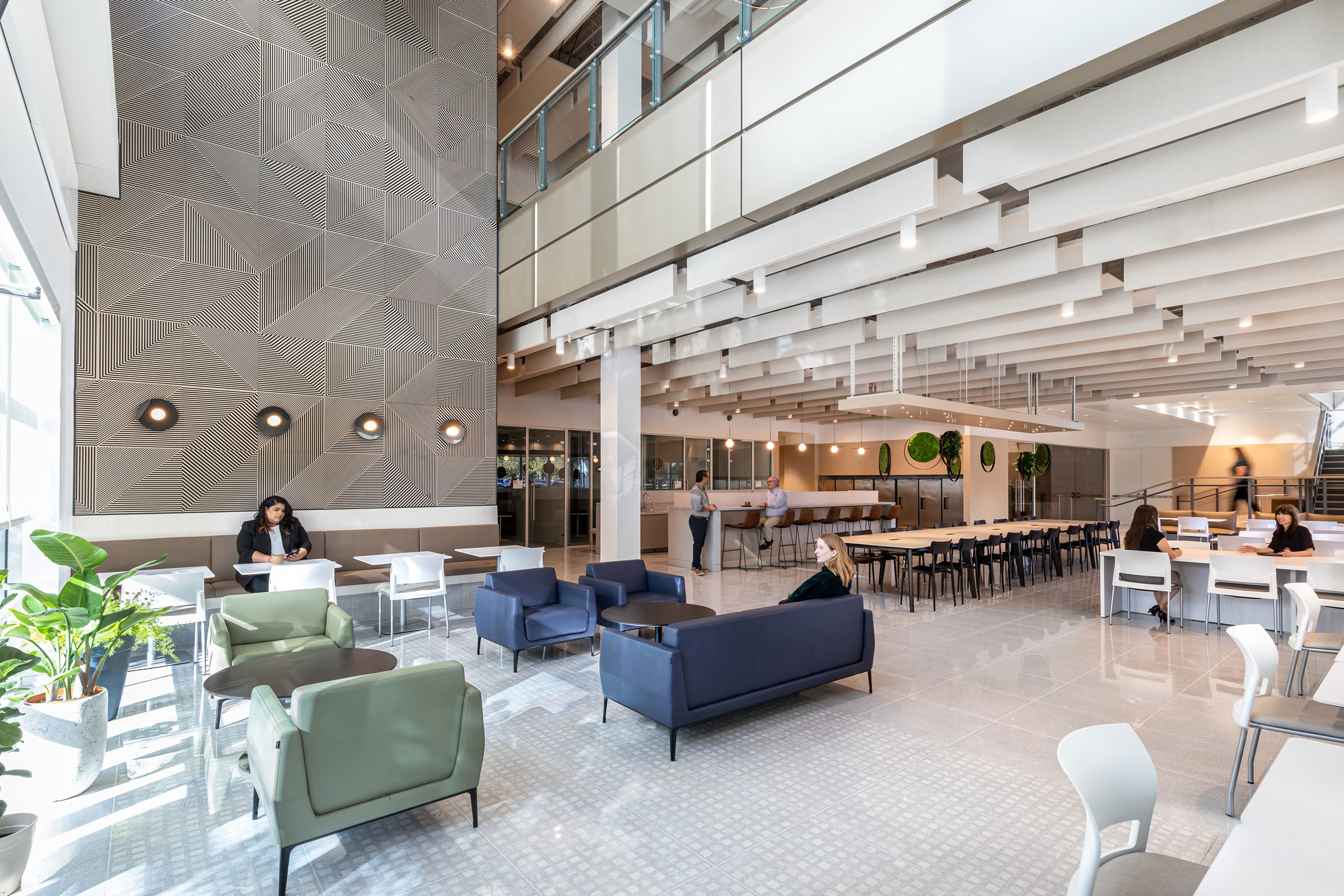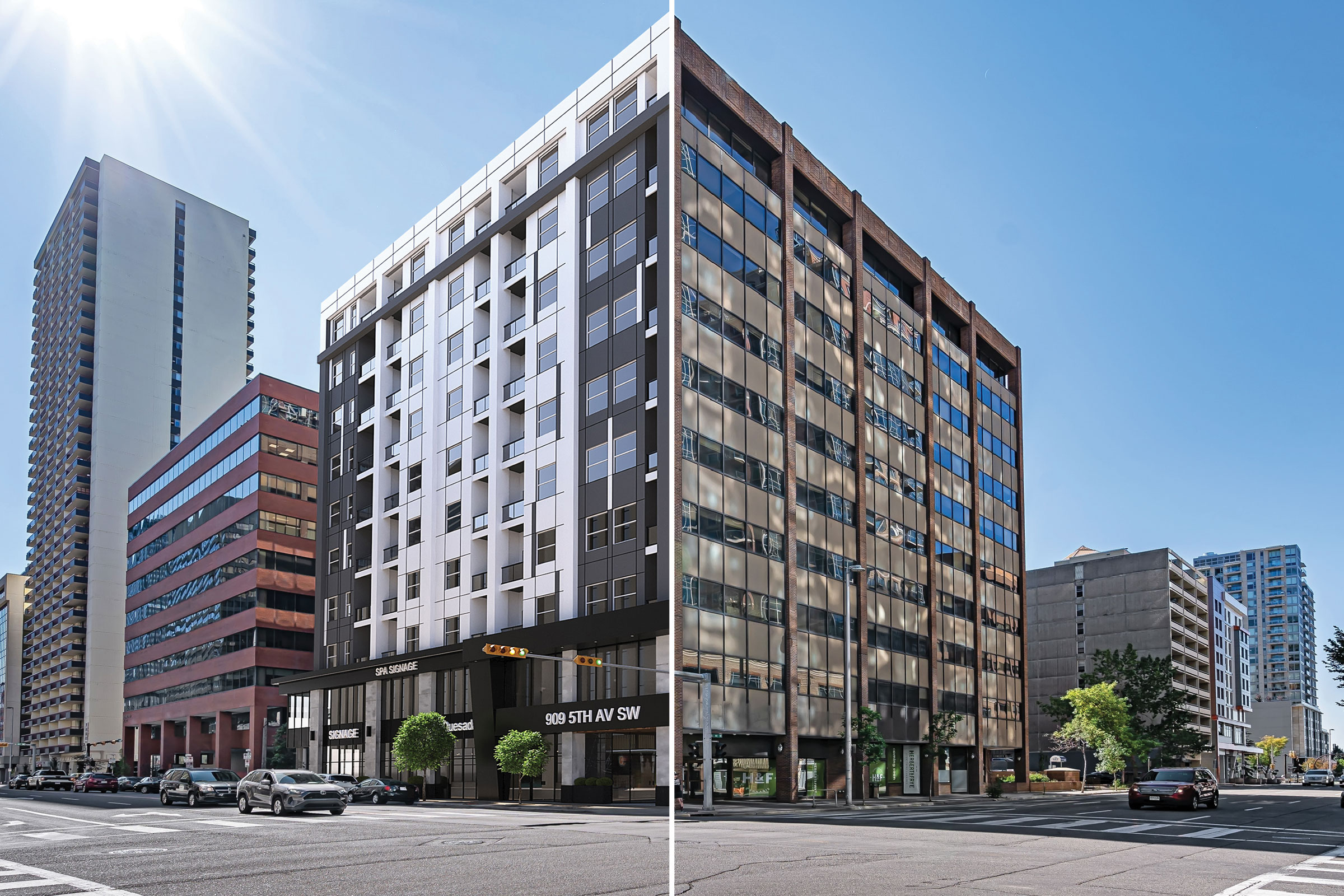Story at a glance:
- The materials designers choose can make or break a “green” project.
- Indoor air quality should also be considered as part of interior design.
- Wood can help projects earn LEED points.
From the fabrics you choose to the type of paint, the materials interior designers select for each project don’t just make spaces beautiful—they play a huge role in whether a space is healthy or not.
“When selecting materials architects and interior designers (and consumers) are usually more aware of aesthetic and cost considerations than what a material contains or where it comes from,” wrote Giulio Bonazzi, CEO of Aquafil Group, for gb&dPRO. “But green building standards and the design market are changing, and sustainable materials are gaining importance. The popularity of sustainable materials has grown in the last decade. Architects and designers are realizing that sustainable design doesn’t mean limited design.”
Many manufacturers are using the Living Product Challenge framework to rethink how products are made. Instead of trying to be “less bad,” many are making goods that can have a positive impact.
“We are at a point when doing ‘less bad’ is not good enough,” wrote Dan Heinfeld in a previous gb&d contribution. Heinfeld is president of LPA design firm.
Interior designers can play a huge role in making spaces healthier when they choose better materials.
Here are a few sustainable interior design tips and materials recommended by industry experts.
Use sustainable, durable wood.
- A series of tall cedar-clad walls slip between interior and exterior, anchoring the spaces with the outdoors. Photo by Nic Lehoux
- Cedar siding along the western edge of the residence extends inside the house. Photo by Nic Lehoux
Western red cedar (WRC) holds many benefits, and architects like Bohlin Cywinski Jackson (BCJ) are using it inside and out for many of their residential projects. They say it can also help projects earn LEED points in the area of Materials and Resources credits.
Inside one BCJ-designed Los Altos residence, walls are cedar, juxtaposing beautifully against the polished concrete floors. The architects chose WRC specifically to provide a sense of warmth in contrast to the exposed structural steel, polished concrete floors, and textured concrete fireplace. In a project in Calistoga, the cedar-clad kitchen volume opens onto an outdoor porch and dining area overlooking the pool and renovated water tower.
“One of the things that’s great about using cedar is that it also helps you develop a human-focused scale to the building,” said Greg Mottola, BCJ’s lead principal on both projects. “It’s very relatable. It doesn’t feel overwhelming at all. In fact it feels quite comfortable. We wrap that material both inside and out. This whole idea of buildings that blur the line between inside and outside really enhances the idea of outdoor living.”
Choose sustainable fabrics.
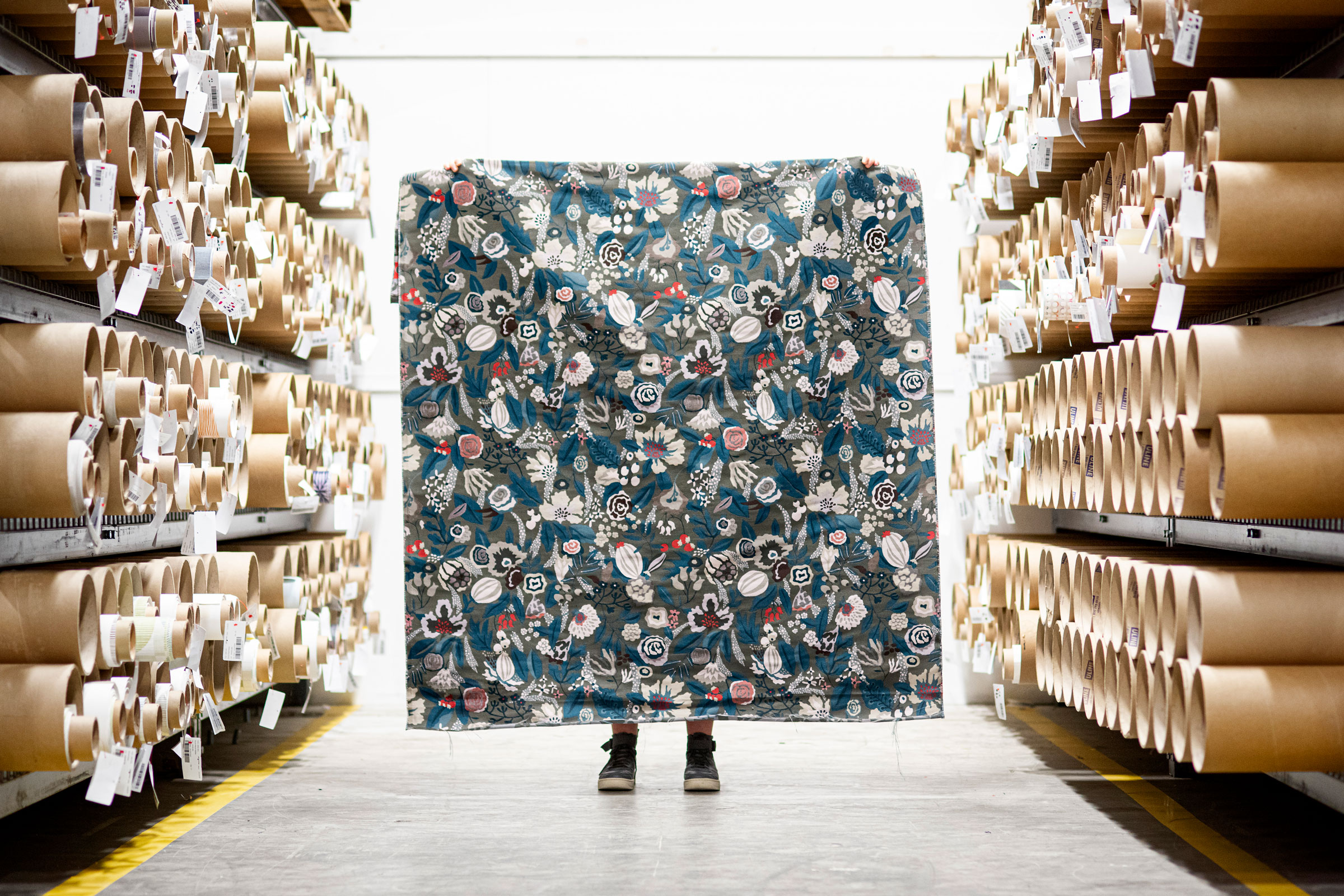
Bloomer upholstery. Photo courtesy of Designtex
Did you know the textile industry generates one-fifth of the world’s industrial water pollution, and textile dyeing is the second largest water polluter in the world?
For a project to be truly green, it needs to include sustainable fabrics. Given the range of materials used in textile manufacturing, some fare better in the way of pollution than others. Conventional cotton and polyester are at the worse end of the spectrum for their significant carbon footprint and water consumption. Materials like linen, hemp, and organic cotton are innately more sustainable due to the reduced water and pesticides needed to produce them.
For greener options, check out much of the upholstery from Designtex. Products like Bloomer are Red List-free and WELL-certified, with no antimicrobials and no flame retardants. Bloomer has also been tested for up to 40 hours of lightfastness, meaning the fabric held up to 40 hours of direct UV light with no signs of fading.
Switch to LED lighting.
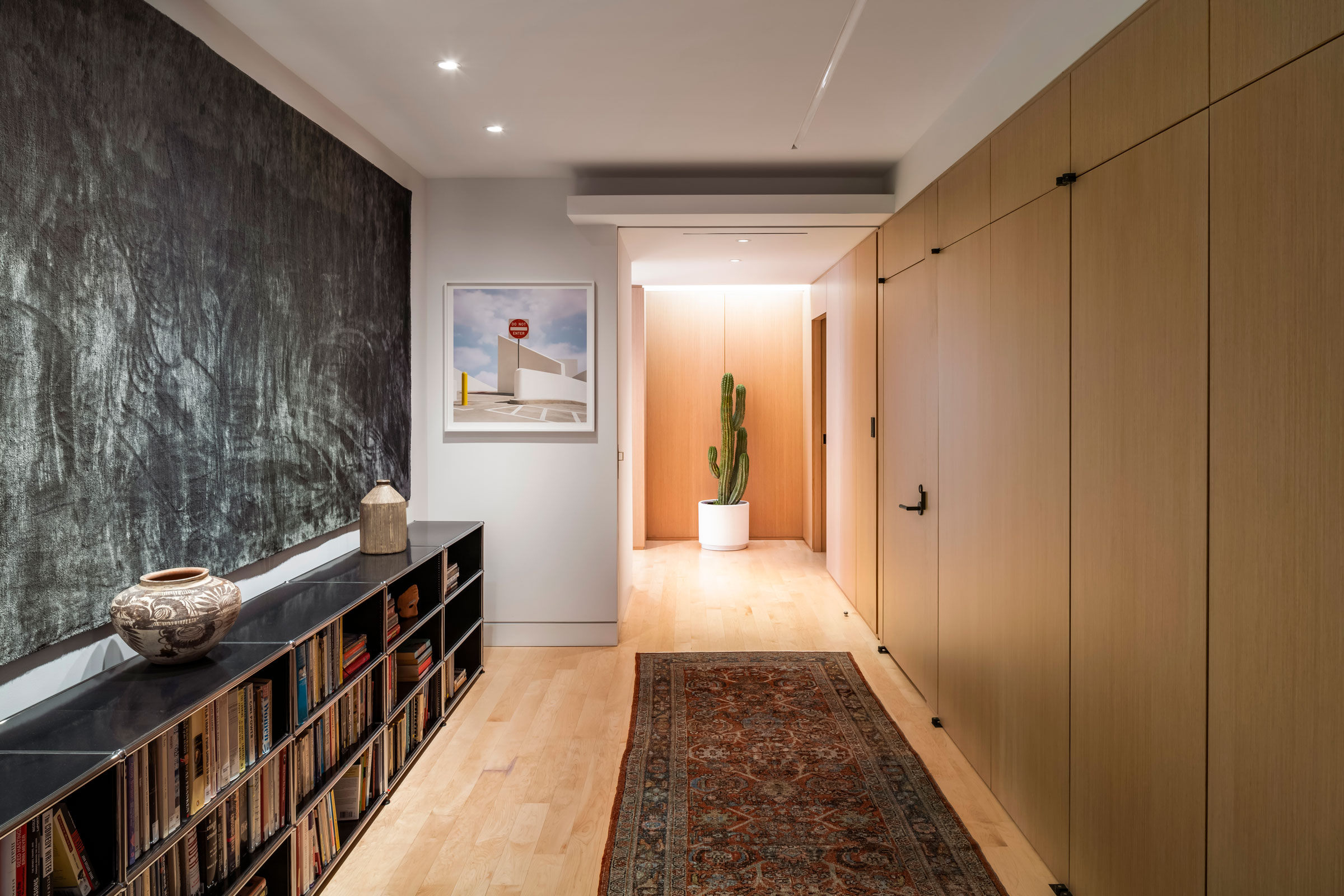
This Gluck+ California house features all LED lighting. Photo by Paul Vu Photography
LED lighting is adaptable, directional, dimmable, and ever-improving compared to other lighting options. LED lights use up to 85% less energy than traditional bulbs, according to The New York Times.
Projects like the Tilt House in Portugal and the California House beautifully combine natural light and LED. All lighting in the California House, designed by Gluck+, is LED.
“The proof is in the pudding, or in this case, the monthly bills. After one year of use, the house generates more electricity than it uses,” wrote architect Peter Gluck about the project in gb&d, reflecting on the design team’s many sustainable choices.
Consider porcelain tile.
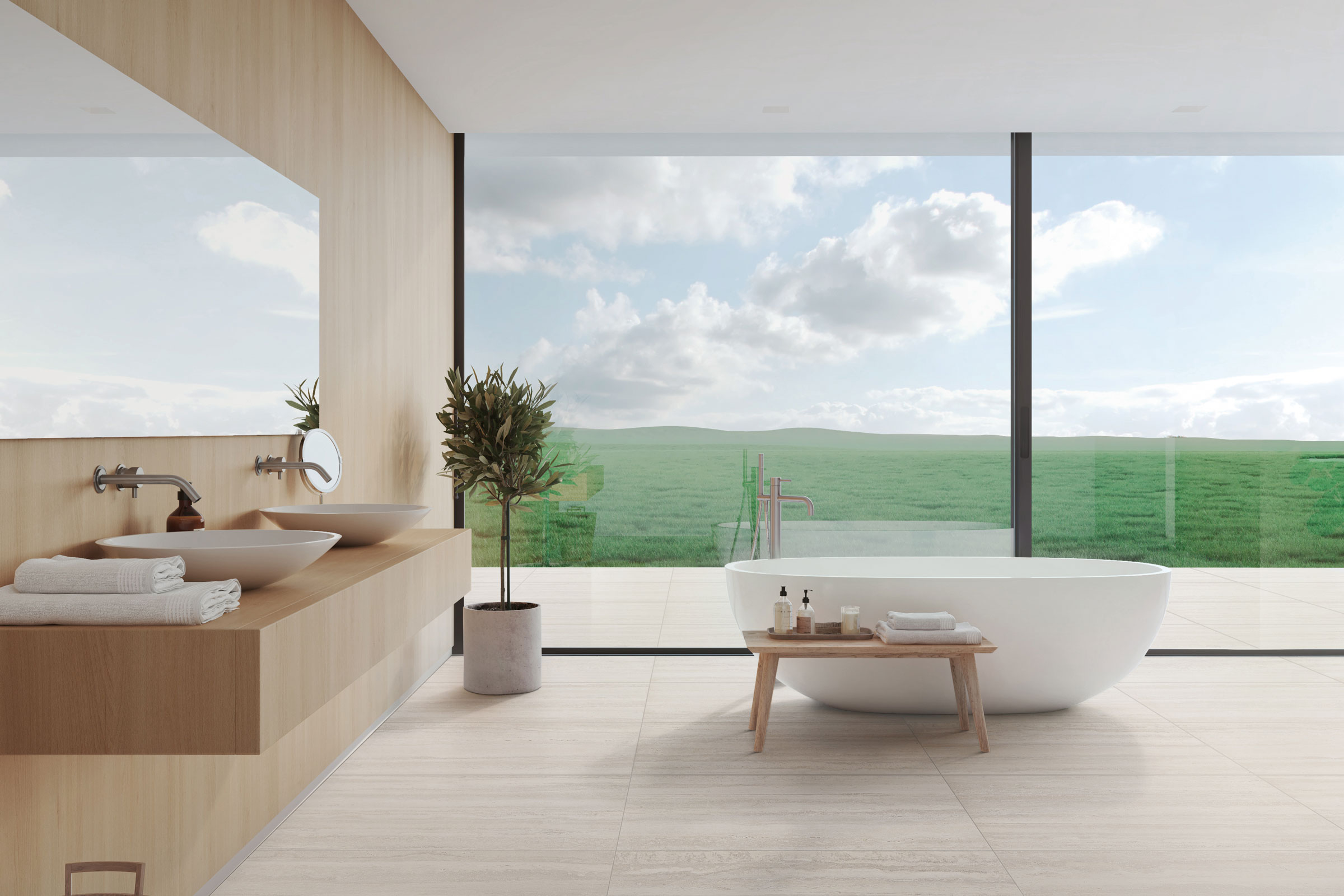
Photo courtesy of MILE®stone
Porcelain tile is said to be a preferred flooring choice when considering the impact in areas of IAQ, the circular economy, and climate change.
“Porcelain tile is unique among flooring products because it is 100% recyclable at the manufacturing site, at end of life, and can utilize a wide range of post-industrial and post-consumer wastes as feedstock,” wrote Don Haynes, environmental/sustainability manager for Florim USA, for gb&dPRO. “To ensure accuracy and reliability of the recycled content designation, third party certification is a must.”
Haynes said many of the raw materials used in porcelain tile production can be supplemented or replaced with recycled materials like mining wastes and post-consumer glass bottles.
Porcelain tile also supports healthy living because it’s easy to clean and it doesn’t support microbial growth—particularly mold.
Use water-borne finishes.
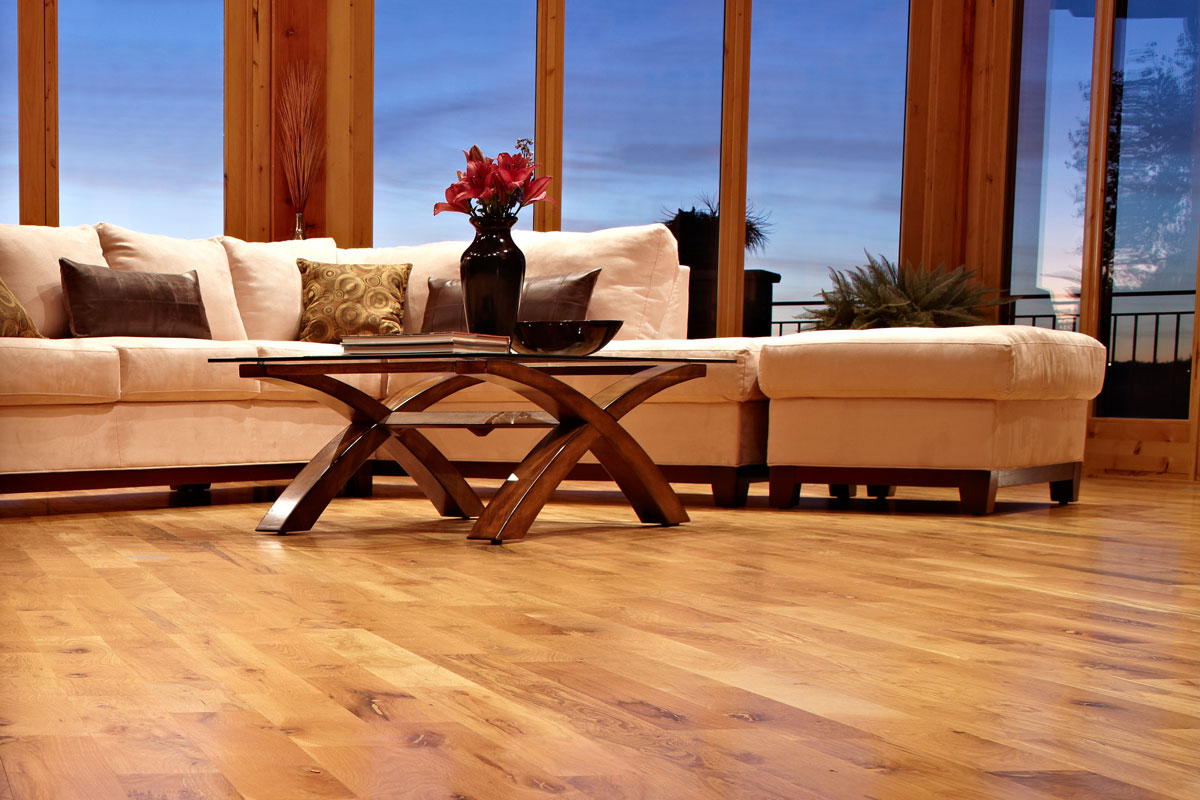
Photo courtesy of Bona
For beautiful wood floors, choose waterborne finishes, which cure faster and are low in VOCs, reducing harm on the environment.
“While floor sealers protect floors by penetrating into the pores of the flooring material, the floor finish provides a protective surface layer that is the first line of defense against floor damage. Additionally, floor finishes are available in a range of sheens from extra matte to glossy that will enhance the final look of the floor,” said Dave Darche of Bona US in a previous article for gb&d.
Incorporate plants.
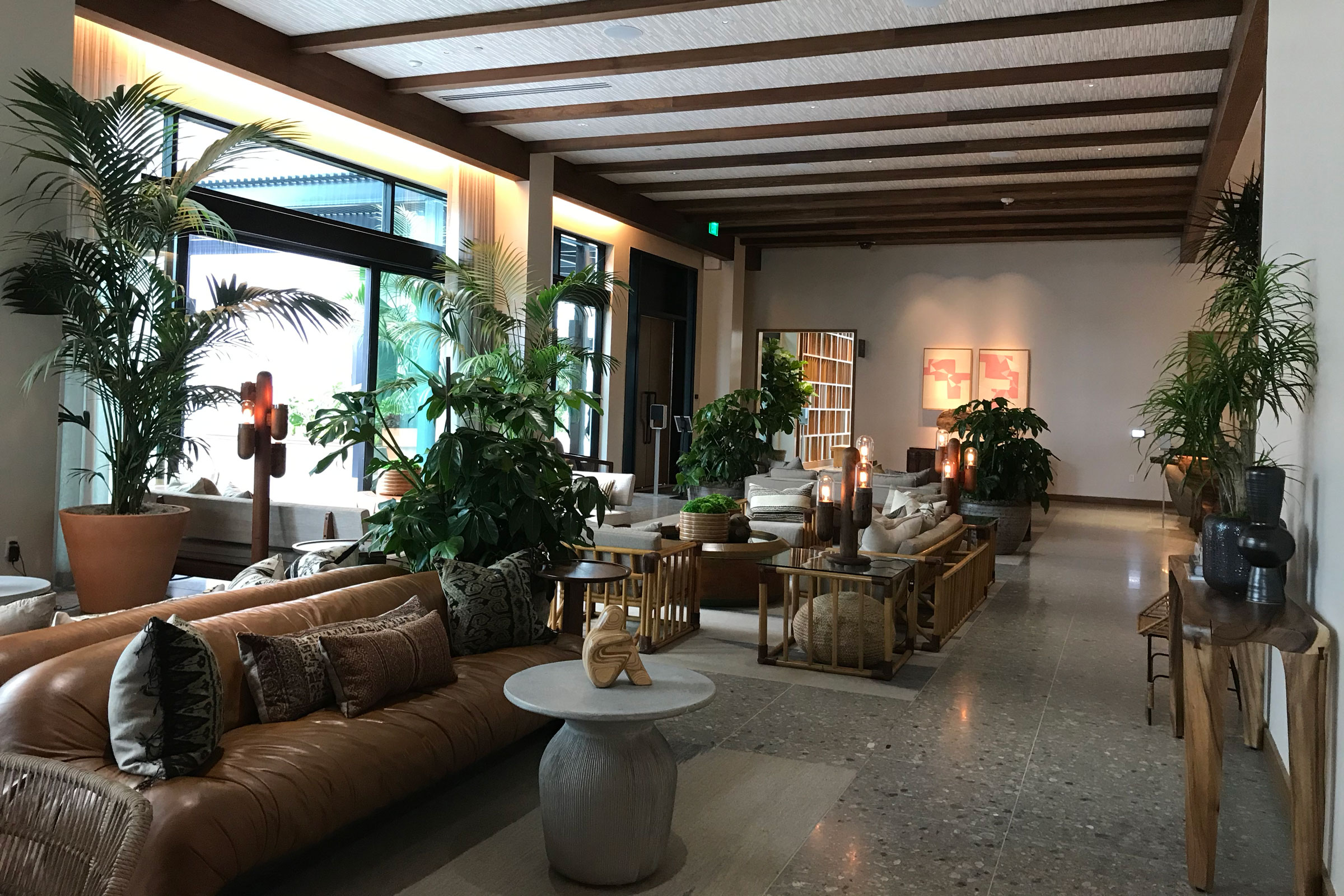
Beautiful interior plants, combined with the right décor and lighting, are the hallmarks of an inviting interior design. Photo courtesy of Ambius
Plants not only boost your mood, concentration, and creativity—not to mention provide stress relief—but greenery also helps purify the air by converting CO2 into oxygen and absorbing toxins. Red-edged dracaena, weeping fig, and bamboo palm are among some of the best indoor plants due to their air filtering capabilities.
Filling your home with potted plants and flowers also adds color and life to your space, wrote Seb Burchell in a previous gb&d article. Various plants can directly counter specific indoor toxins, leading to the overall improved indoor air quality. For instance, the Bamboo Palm directly responds to the toxins Formaldehyde and Xylene, commonly found in household products.
Add a CO2 monitor.
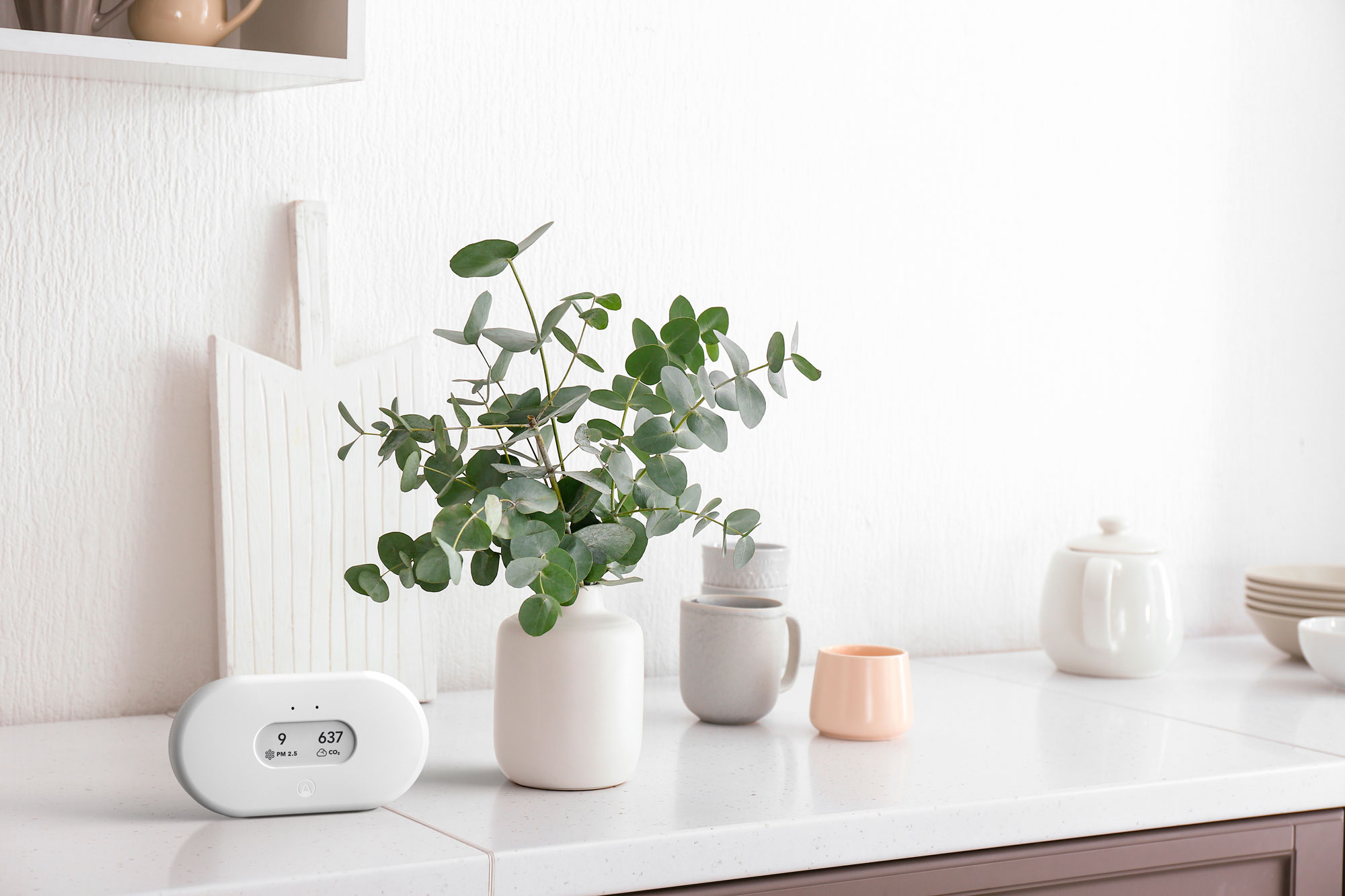
View your data anytime, anywhere with this wireless and Wi-Fi connected device. Easily mount to the wall or sit on a shelf. Photo courtesy of Airthings
While you’re at it, it’s easy to add a sleek, discreet air monitor. And that’s important because carbon dioxide is odorless and colorless, so it’s tricky to track. A CO2 monitor like this one from Airthings will tell you how much carbon dioxide is in the air and when you should take steps to lower the CO2 levels in your home.
The View Plus air quality monitor includes a built-in display and sensors for radon, particulate matter (PM), carbon dioxide (CO2), humidity, temp, airborne chemicals (VOCs), and air pressure. Simply wave in front of the monitor and get a green, yellow, or red light to indicate your air quality.

